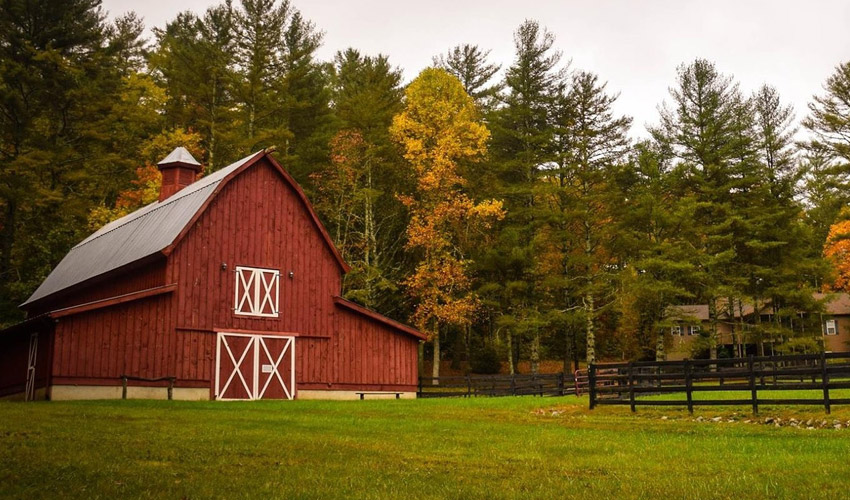
How Can I Prepare My Storage Barn for Bad Weather?
 Storage barns are awesome resources for keeping your lawn and gardening equipment protected from the natural elements. They also offer a level of convenience allowing you to grab and work on your garden with ease. For any aspiring landscaper, I always recommend investing in a storage barn to establish a greater workflow to help your lawn and garden thrive year-round. Most importantly storage barns keep your tools safe and dry from the bad weather. If you’re new to storage barn ownership or in the market to purchase one this season, there are some general guidelines to follow to prepare your storage barn for bad weather such as heavy rain or snow. Weatherizing your storage barn will allow you to have a positive experience utilizing the extra space and save you the headache of any leaks or structural damage.
Storage barns are awesome resources for keeping your lawn and gardening equipment protected from the natural elements. They also offer a level of convenience allowing you to grab and work on your garden with ease. For any aspiring landscaper, I always recommend investing in a storage barn to establish a greater workflow to help your lawn and garden thrive year-round. Most importantly storage barns keep your tools safe and dry from the bad weather. If you’re new to storage barn ownership or in the market to purchase one this season, there are some general guidelines to follow to prepare your storage barn for bad weather such as heavy rain or snow. Weatherizing your storage barn will allow you to have a positive experience utilizing the extra space and save you the headache of any leaks or structural damage.
Start preparing your storage barn for bad weather by examining the integrity of the structure. Some storage barns are used and may have already been through a few rounds of bad weather. Always asses the barn for any cracks or holes in the roof or floors. Double check your weather-stripping to make sure it’s not cracked or split. If it is, replace it. If none is installed, add some around the windows and doors. Caulk and spray foam any holes or cracks, and patch weak areas in the roof by replacing the shingles. Next crosscheck your latches and hinges to maintain they are good working condition. There’s nothing worse than a stuck barn door. If it’s stuck closed, you can’t access what you need; if it’s stuck wide open your belongings and tools can become damaged. If anything appears questionable, replace or fix it to avoid problems later. Once the interior and exterior is fully situated, look around your barn and make sure there aren’t any other potential hazards such as weak branches. Having trees near your barn is a lot like having them too close to the house. Don’t leave your storage barn susceptible to branches that can snap and break, falling on your roof causing significant damage. To fully prepare your barn from any bad weather, trim any branches that could fall and damage your barn. Be mindful of flooding that can occur. Often times everything on the ground will likely be ok, but for larger barns that may store grain, hay, or other essentials – it’s important to keep these items elevated and away from harm. Don’t hesitate to use tarps and other protective resources to secure your barn and protect your equipment.
Having a storage barn is essential to a developing a healthy farm, lawn, or garden. That’s why it’s so important to manage your barn, all the contents within it, and even the space around it with the upmost care. Follow the guidelines in this article to prepare your barn for the worse today.
